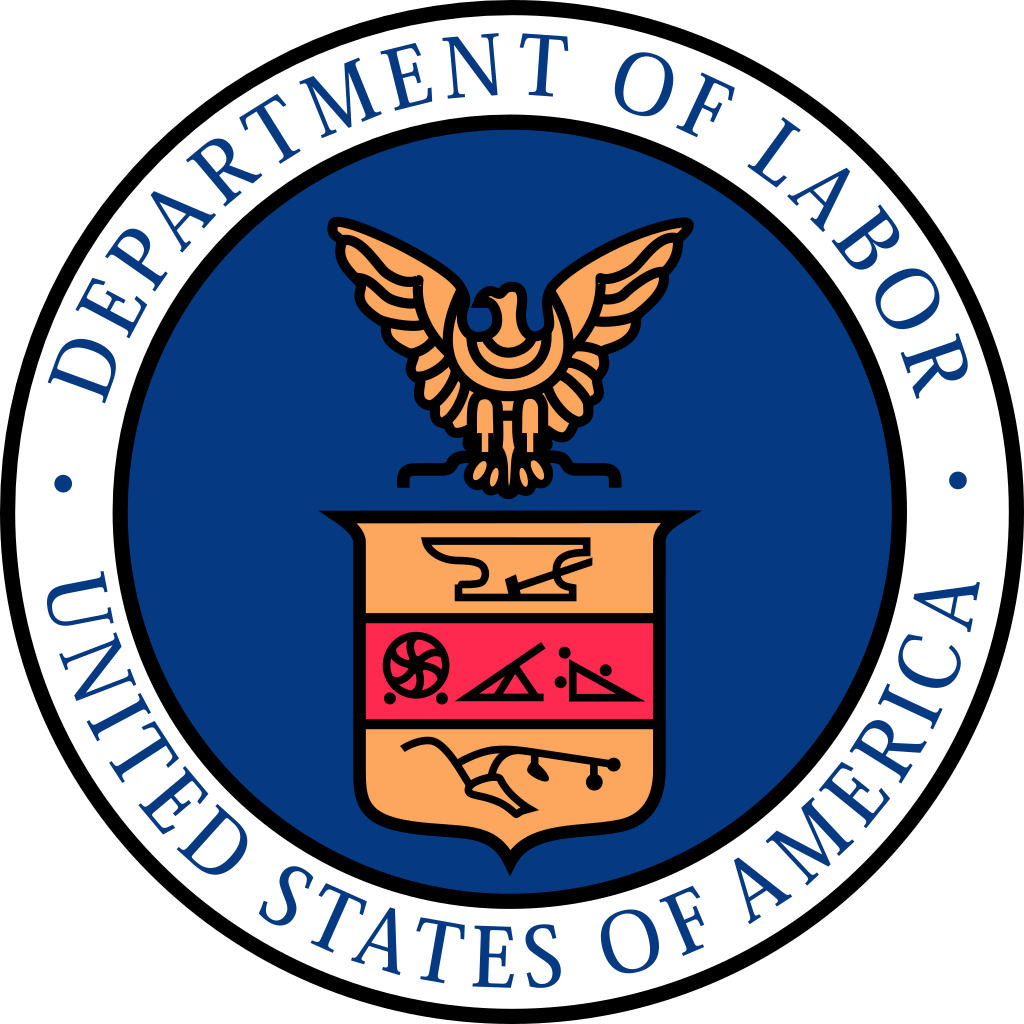
On September 22, 2020, the U.S. Department of Labor (“DOL”) announced that it was opening for public comment a revised interpretation for determining whether workers are “employees” or “independent contractors” under the Fair Labor Standards Act (“FLSA”). While seemingly innocuous, the question of whether a worker is an employee or independent contractor impacts various employment related benefits and protections, such as overtime and minimum wage guarantees, record keeping requirements, tax withholdings, contributions to social security and unemployment insurance, whether a worker is entitled to worker’s compensation or fringe benefits like sick leave, healthcare coverage, or vacation time. The list could go on. While these protections originate from multiple state and federal laws, the DOL’s new interpretation only applies to the FLSA. Among other things, the FLSA specifically sets the federal minimum wage for every hour worked, mandates that employers pay employees time-and-a-half for every hour worked over forty (40) in a workweek, and requires that employers keep records of the hours worked by their employees, but not independent contractors. Should the DOL’s new interpretation be implemented it could have broad effects on workers nation-wide.
The question of how to properly classify workers is not a new one. Currently, a patchwork of tests and rules exist for determining whether workers are employees or independent contractors under the FLSA. In 1947, the U.S. Supreme Court provided a basic framework on how to distinguish between employees and independent contractors by creating a 5-factor test (known as the “Economic Realities Test”), but the thirteen U.S. Courts of Appeals expanded on this framework by creating additional factors and placing greater emphasis on others. These expanded frameworks vary among the circuits, so much so that a worker with the same job title and duties may be classified as an employee in New York but might be classified as an independent contractor in North Carolina. Businesses, workers, and the legal community have called for greater clarity and consistency for making a distinction between employees and independent contractors for some time.
The DOL’s proposed rule is undeniably motivated by the growth of the “Gig” economy in the U.S. In January of 2020, California implemented a new law expanding the traditional definition of an employee, under its Wage and Hour law, and thereby making it harder for businesses operating in California to classify their workers as independent contractors and deny them benefits and wage protections. This new law prompted lawsuits to reclassify workers against companies like Uber, Lyft, and Postmates, who are the biggest beneficiaries of the Gig economy in the U.S. as their business models undeniably run on the work performed by thousands of independent contractors. In contrast to California, the DOL’s new rule follows Trump Administration’s current agenda to “deregulate” the U.S. economy and implement “pro-business” policies. In 2015, the DOL issued informal guidance that the DOL in its investigations in cases of misclassification would start with a presumption that workers were employees. In 2017, the DOL rescinded the Obama era guidance, which many viewed as favoring employees.
The DOL’s new rule benefits companies by making it easier for them to classify workers as independent contractors. In its 159-page proposal, the DOL explicitly rejected to adopt the test recently implemented in California and instead maintained that it would continue to use the “Economic Reality Test” but with its own spin. Under the guidance issued by the Obama era, the DOL stated that it would not place less importance on the “control factor” and place more emphasis on practical considerations like whether the worker runs their own independent business or if instead, the worker is economically dependent on the employer. DOL’s new proposed rule would focus on “the nature and degree of the worker’s control over the work and the worker’s opportunity for profit or loss,” and the DOL is explicit in their belief that their new interpretation “could result in an increased use of independent contractors.” All of these factors signal that the DOL would likely approach future investigations of misclassification with an employer focused mindset.
The DOL’s proposal will change the landscape for how employers classify their employees, and it appears to be an attempt by the Trump Administration to perpetuate its policy after the 2020 election. Unlike the 2015 Obama era guidance, the DOL’s new proposed rule could not be withdrawn. Additionally, this proposal is clearly being fast tracked as the DOL only allotted for a 30-day public comment period, ending on 10/26/20 whereas typically such rules are afforded a 60-90-day public comment period.
At the Noble Law, we often represent employees who have been taken advantage of by their employer. Unfortunately, too often employers will wrongfully classify their workers as independent contractors as a cost saving measure or to deny them time-and-a-half pay for overtime hours that is guaranteed under the FLSA. If you have any questions or concerns about whether you are being misclassified, or whether your company is properly classifying its workers, the experienced attorneys at the Noble Law firm stand ready to assist you.

